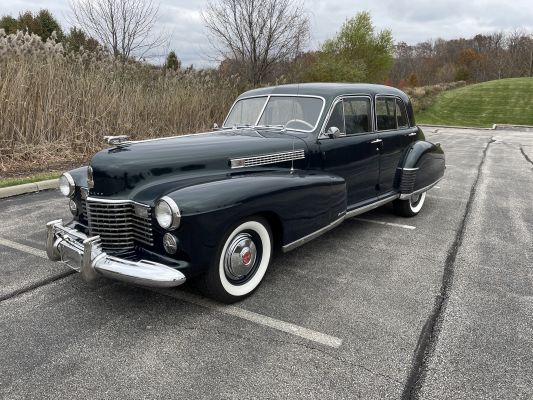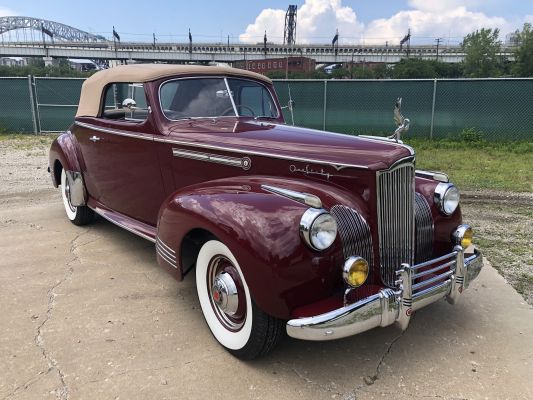Expertise, Integrity & Outstanding Service
Vintage Motor Cars USA
Your single source for buying and selling the world’s greatest cars.
Featured Cars
1941 Cadillac Series Sixty Special Sedan
$24,900 New Price
Details
- the most expensive drivers Cadillac of its day
- body on restoration completed in 2013 that included new paint and interior
- rebuilt engine and 700 R4 automatic transmission
- aftermarket air-conditioning
- runs well at 70mph making this full classic a joy to drive today
1941 Packard 160 Deluxe
$124,900 New Price
Details
- CCCA-registered Full Classic
- $140,000+ body-off restoration
- one of only 70 produced
- fully rebuilt 356 cu in straight-eight engine
- deluxe design with many upgrades
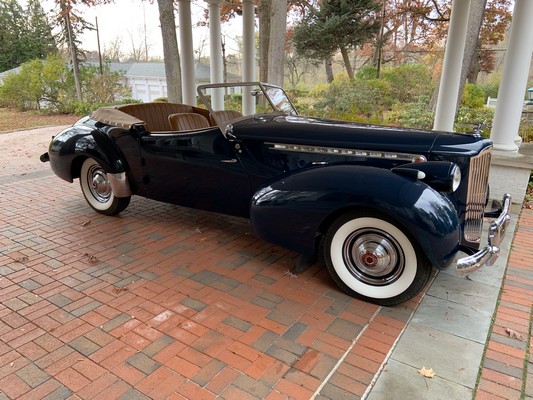
1940 Packard Darrin Super Eight Custom One Eighty Victoria Convertible
Coming Soon
Buyers
Sellers
The Vintage Advantage:
We’re here to connect the right car
with the right owner.
Find Your Next Car
Check out our current, always-changing inventory of classic, vintage and specialty cars. Your dream vehicle may be only a click away.
Sell With Us
FAQs
Got questions about the buying or selling process with Vintage Motor Cars? We have answers. We make your experience stress-free, positive and easy.
Testimonials
You don’t have to take our word for it. Read what our customers say about their experience with Vintage Motor Cars.
Transport is a Breeze
We can help you arrange transport when buying or selling a vehicle. Our reliable transport agents treat your car with the care you expect, on time and in budget.
Financing
Need help financing your next antique, vintage, classic or special interest car? We’ve got you covered with J.J.Best Banc. Find out why we think they’re the best.
What Our Customers Are Saying
“My experience with Lee was excellent.
I found him to be professional, forthright, and thorough . . . Lee did not disappoint. The total experience was just perfect.”
~ Paul W
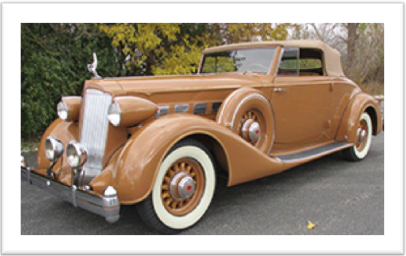
“You faithfully answered my numerous questions in a timely manner, coordinated the multi-pronged inspection process when the various parties were spread out across multiple states, and you were fair to all parties in the negotiation process.”
~ Harry B
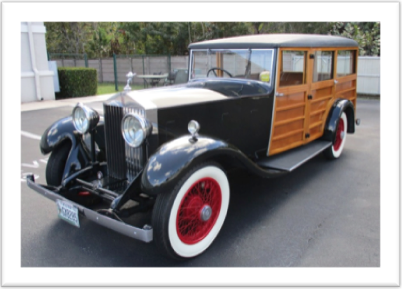
“Santa’s Big Red Sled made it home here in Western Australia . . . Boy, the Cadillac really turns heads over here. It’s the first time I have had someone blow me a kiss and shout, ‘Bellissimo!’ . . . Nice to do business with you.”
~ Reg T
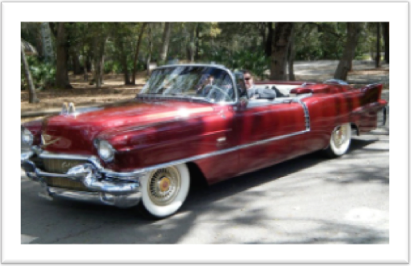
Get in Touch
Phone
Hours
Mon, Tues, Thurs, Fri & Sat: by appointment
Weds: 10 am - 12 noon
Sun: Closed

